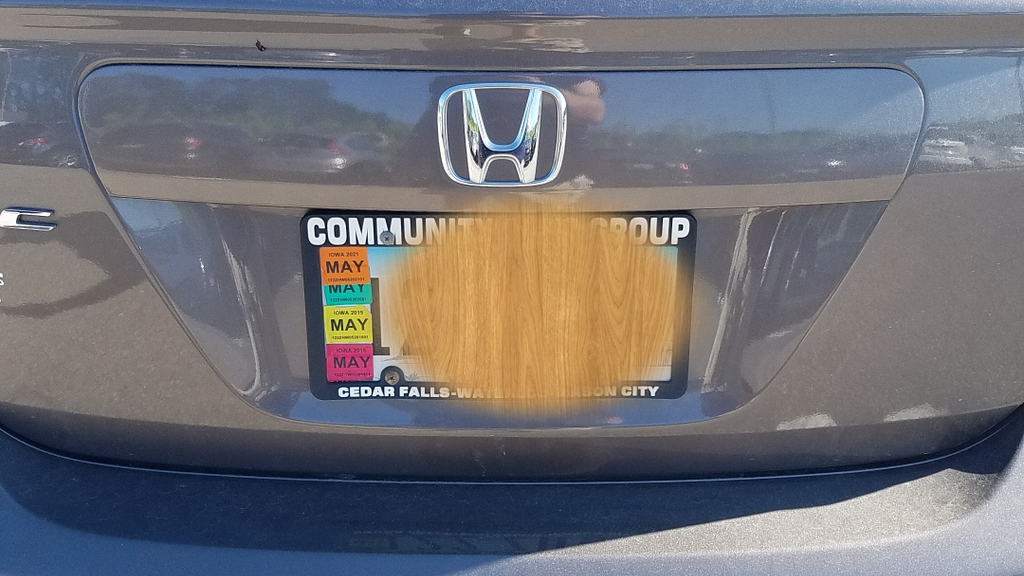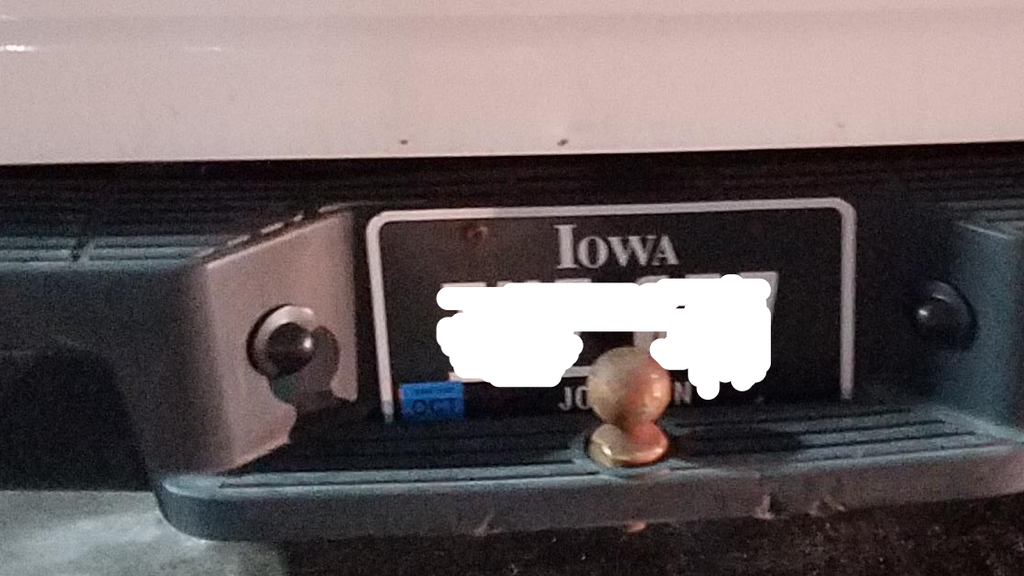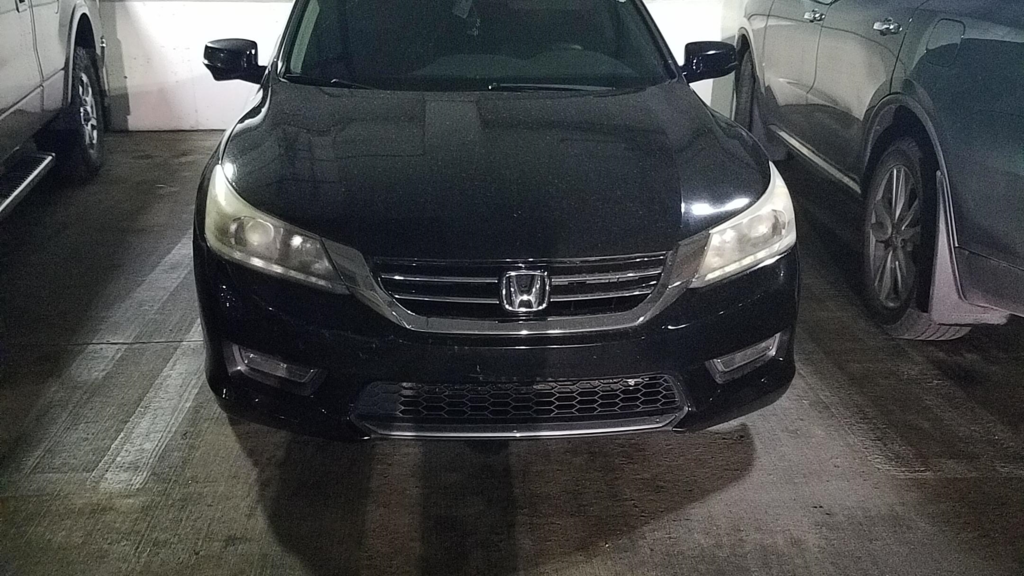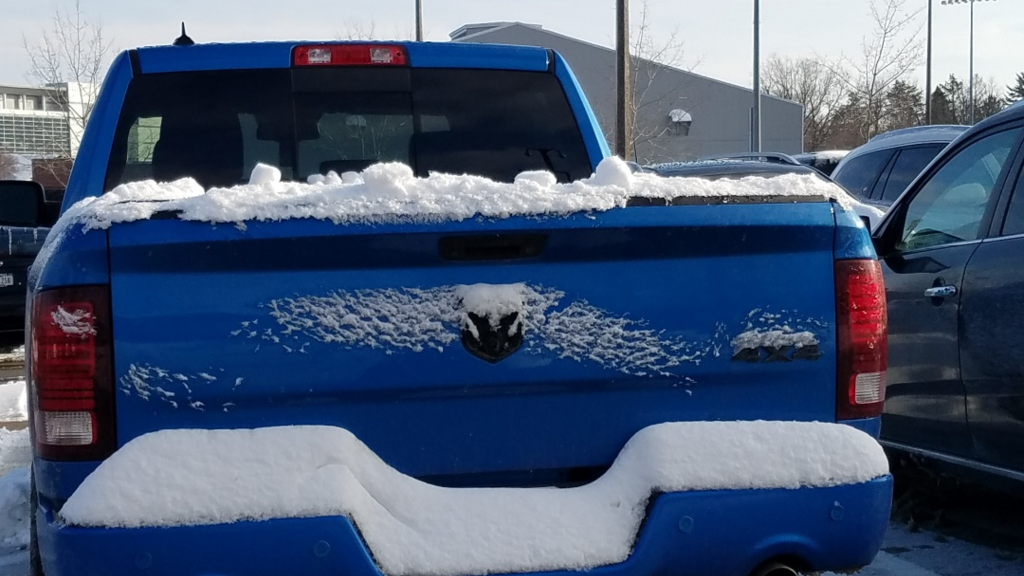Parking and Transportation receives repeat questions and concerns related to LPR and customer circumstances. Guidance related to the most common issues we receive and how you can navigate them is provided below.
Still have a unique situation that may not work with LPR? Please contact our office and we will work through a solution with you.
Rental or loaner vehicles
As is the case with any other vehicle, rental or loaner vehicles need to be registered online and linked to an individual's permit. When the rental/loaner vehicle has been returned and is no longer in use, the information for the rental/loaner vehicle should be removed from both the permit and the parking profile as it may used by a different campus driver in the future. Citations received on rental or loaner vehicles are the responsibility of the permit holder while attached to their account.
If you are borrowing a vehicle from a dealership, and the vehicle has a dealer’s license plate (ex. D123), please contact our office to add the VIN number to your permit.
For step-by-step instructions on how to add a temporary vehicle to your account please see the Parking Portal Info page.
New vehicle with no plate / temporary plates or tag
For new or new to you vehicles that do not have a license plate, VIN (vehicle identification number) serves as the interim vehicle identifier. VIN’s are not accommodated in our parking applications so you will need to contact our office to setup this solution. We will also work with you to understand your parking needs to avoid citations during this short term timeframe, or until you receive your permanent plates.
Some car dealers issue temporary paper license plates to be used while you are waiting for your permanent plates. These temp plates can be registered in the parking applications to avoid receiving a citation. Once a permanent plate is obtained, you should add them to the relevant parking applications. The temporary plate should then be removed from both the permit and the parking profile.
If your new vehicle is using a dealer plate (ex. D123), paper or metal, please add the VIN number to your permit while you wait for your new plates.
For step-by-step instructions on how to add a temporary vehicle to your account please see the Parking Portal Info page.
Family shared vehicle
If two family members share vehicles and each has a permit, both vehicles can be registered to both accounts, and both vehicles may be parked on campus at the same time in their assigned lots.
For example, if one person has a Lot 43 permit and the other has a Lot 55 permit, only one vehicle may park in Lot 43 at one time. Then only one car can park in Lot 55 at one time. If both cars were found in Lot 55 at the same time, both cars would receive a citation.
Spouses/partners/family members with two separate permits assigned to the same lot
If two family members have separate parking permits assigned to the same lot and share the same vehicles, the LPR system interprets the presence of both vehicles in the same lot at the same time as a shared permit citation. Please contact our office so we can verify the issue and work with you on a solution.
How to enter license plate for parking permit/payment
Your license plate is your permit on the University of Iowa campus. For permit holders, license plates must be entered and updated as your vehicles change. License plate information for permits can be modified in the Parking Portal. For vehicles that do not have permanent license plates (dealer plates or new vehicles with temporary plates), it is important to contact the Parking Office to get the full VIN added to your parking permit.
License plates are also used to pay for parking at mobile payment zones and some pay stations on campus. Depending on what option is used, customers typically confirm their zone location, provide license plate info and confirm payment. If your vehicle does not have permanent license plates, please enter the last 6 digits of the VIN as your license plate.
License plate types and layouts can vary. The content below will provide a guide on how to enter your license plate information correctly in the hopes of avoiding a citation. If you have questions about your specific license plate or have issues with entering your license plate, please contact our office for assistance.
Iowa blackout plate
Plate registration: SAMPLE
Iowa specialty plate
Plate registration: AAA0
Illinois specialty plate
Plate registration: GREENEN
Illinois plate
Plate registration: VANITY
Illinois Truck B plate
Plate Registration: TRUCKB
Illinois specialty plate
Plate registration: FV123456
LPR scan issues
The LPR equipment is highly accurate but on occasion numbers or letters can be misinterpreted. Out of state or uncommon plates, dirty license plates and mutilated or obscured plates can lead to misreads. While parking enforcement staff verifies and corrects data before issuing citations, misreads can still occur.
Below are a few examples where LPR scan can result in errors.

Stickers blocking plate
Stickers should not block any part of the license plate

Hitch blocking plate
Hitches can block the license plate read

No front plate
Plates need to be present facing the drive lane

Bike rack blocking plate
Any objects should not block plate

Snow blocking plate
Any amount of snow on the license plate needs to be removed